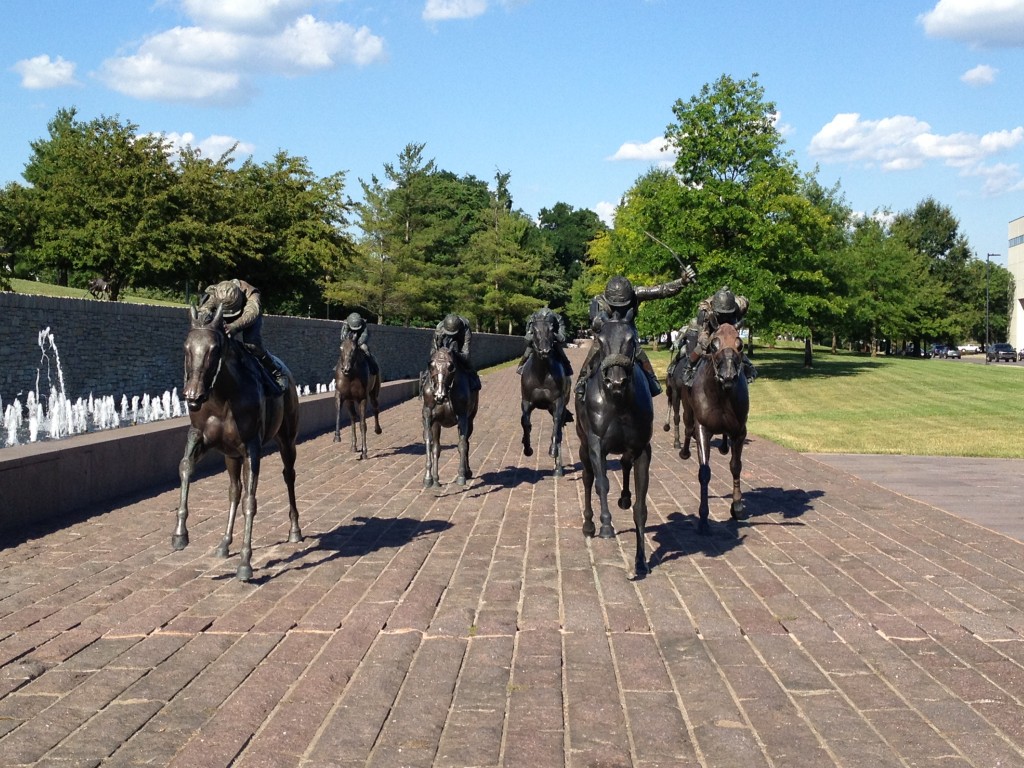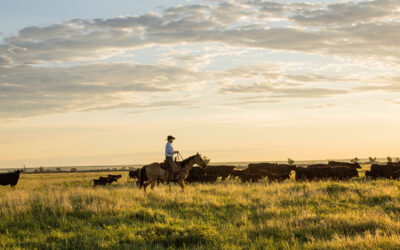
From Bluegrass to Switchgrass to not enough grass
Yesterday I had the chance to return to my old college stomping ground of Lexington, KY to visit with the folks of the Kentucky Cattlemen’s Association. If you don’t have a personal tie to the bluegrass state, cattle probably aren’t the first four-legged critters that come to mind.
Horse racing fans know that tomorrow’s Belmont Stakes is the last leg of the Triple Crown. It’s been over 30 years since a horse has claimed the title, a streak that won’t be broken tomorrow due to the recent scratch of I’ll Have Another. It’s a sporting series that rivals the prestige of the Super Bowl and the World Series. Though the last chapter of the trifecta is written in New York, the Kentucky Derby is where it all starts.
The better part of my travels this year have taken me through the middle belt of the United States, from Montana to Texas. In most cases, horses are for stock and many of the towns have far more cattle than people. While Lexington is without question more of a concrete jungle than many of places I’ve been lately, a couple hours of talking about cattle management in the bluegrass quickly reminded me of one of my favorite characteristics of the beef community – diversity.
One of my choice topics to discuss with cattlemen and women is, “How do you manage cattle in your part of the world?” A simple question with so many different answers. In Kentucky, you might get responses alluding to modest herd sizes and cooperatives that allow multiple small breeders to combine cattle for more effective marketing. On a good year in the Ohio River Valley, pasture management is referenced in cows per acre, not acres per cow.

From where you are today, you may need 20,000 acres or 200 acres to maintain your herd. Your family may be fully supported by cattle production or you may diversify in farming or other business.
No matter how you do things in your part of the world, always remember that you are never too large or small to get better, aim for quality, and do what you can to add more black ink to your bottom line.
~Kara
You may also like
Raised with Respect™ Cattle Care Campaign Launched This Fall
Raised with Respect™ was developed as part of a strategic cattle care partnership between Sysco and CAB. The collaboration focuses on supporting farmers and ranchers, equipping them with continuing education to stay current on best management practices and helping to increase consumer confidence in beef production.
Everything They Have
Progress is a necessity on the Guide Rock, Nebraska, ranch where Troy Anderson manages a commercial Angus herd, small grower yard, his 10-year-old son, and a testing environment. Troy’s approach includes respect for his livestock, people and land. For that, Anderson Cattle was honored with the CAB 2023 Commercial Commitment to Excellence Award.
Making It Better
Most sane folks don’t choose to go into business with Mother Nature. She’s a fickle and unpredictable partner. So, how did two people with zero agricultural background, no generational land, wealth or genetics carve a profitable partnership with her in Southwest Kansas? By focusing on progress and a desire to leave things better than they found them – which also earned them the CAB Sustainability Award.




